Introduction: The Powerful Connection Between Movement and Learning
Ever notice how kids seem sharper, happier, and more focused after recess? That’s not a coincidence — it’s science. Research shows that movement plays a critical role in brain development, emotional regulation, and learning retention. For both PE teachers and homeschool parents, understanding the link between physical activity and academic performance can completely transform how lessons are structured.
In today’s world of digital learning and prolonged sitting, integrating active breaks isn’t just helpful — it’s essential. These moments of movement awaken the brain, balance emotions, and make learning not only more effective but also more enjoyable.
The Brain–Body Connection: How Exercise Sparks Cognitive Growth
Understanding the Role of Neurotransmitters in Learning
When kids move, their brains release neurotransmitters like dopamine, serotonin, and norepinephrine — the same chemicals that enhance attention, motivation, and mood. These “happy chemicals” create a neurochemical environment where focus and creativity thrive. That’s why after physical activity, kids often show improved problem-solving skills and better task persistence.
How Physical Activity Boosts Brain-Derived Neurotrophic Factor (BDNF)
BDNF, often called “Miracle-Gro for the brain,” is a protein that supports neuron growth and strengthens synaptic connections. Exercise increases BDNF levels, which directly impacts a child’s memory formation and learning capacity. According to the CDC, students who engage in regular movement perform 13% better in cognitive tests than their sedentary peers.
Focus and Attention: Why Movement Prepares the Mind for Learning
How Short Active Breaks Improve Classroom Engagement
Active breaks don’t have to be long to be effective. Even a 5-minute “brain break” — like stretching, dancing, or quick jumping jacks — recharges mental energy and reduces restlessness. Studies from Harvard’s Center on the Developing Child show that movement resets attention networks, helping kids transition smoothly from play to focus.
The Science Behind Movement and Sustained Concentration
Movement increases blood flow to the prefrontal cortex, the brain’s control center for decision-making and attention. This helps students stay alert longer, process new information faster, and resist distractions. Simply put, an active body creates an active mind.
Memory Enhancement Through Physical Activity
The Link Between Aerobic Activity and Long-Term Memory Retention
Aerobic exercises — such as running, cycling, or dancing — enhance hippocampal function, the part of the brain responsible for memory. Kids who engage in regular physical activity not only learn faster but retain information longer.
Case Studies: Schools That Integrate Movement and See Academic Gains
Finland’s education model, which emphasizes movement every 45 minutes, has produced some of the world’s highest literacy and math scores. Similarly, schools in the U.S. adopting “active learning classrooms” report up to 25% improvement in standardized test results.
Mood and Motivation: How Fitness Fosters a Positive Learning Environment
How Endorphins and Dopamine Enhance Emotional Stability in Kids
Exercise releases endorphins — the brain’s natural stress relievers. These chemicals combat anxiety and frustration, creating an optimal mindset for learning. Students who move regularly report fewer mood swings and higher self-esteem.
Active Breaks as a Tool for Managing Classroom Behavior
Teachers have found that movement breaks reduce disruptive behavior and increase cooperation. When kids have an outlet for their energy, they’re more likely to follow instructions and stay engaged in lessons.
The Ideal “Active Break”: How Long, How Often, and What Kind?
Simple Classroom Movement Ideas for Teachers
- 3-minute dance party
- “Simon Says” with stretches
- Standing math problems or scavenger hunts
- Desk yoga
Homeschool-Friendly Fitness Activities That Boost Brain Power
- Morning nature walks
- Jump rope spelling
- Fitness cards (e.g., 10 squats for each math fact)
- Balance challenges during reading time
According to educational researchers, active breaks every 30–60 minutes can dramatically improve focus and classroom performance.
The Role of Physical Education in Academic Performance
Physical Education isn’t just about fitness — it’s a core academic subject. PE develops skills like goal-setting, teamwork, and discipline — qualities that translate directly into academic success. Students who participate in PE multiple times a week often have higher GPAs and better attendance.
Tips for Teachers and Parents: Incorporating Movement into Daily Routines
- Start each lesson with a movement-based warm-up.
- Use “movement cues” between subjects to transition smoothly.
- Incorporate kinesthetic learning, like acting out vocabulary or math through motion.
Common Myths About Movement and Learning—Debunked
Myth 1: Movement Distracts from Academic Work
In reality, movement enhances focus by refreshing attention spans and recharging mental energy.
Myth 2: Only Vigorous Exercise Counts
Even gentle stretching or walking can stimulate the brain and improve mental clarity.
Real-World Examples: Schools Embracing the Movement Revolution
Finland’s “Recess Every 45 Minutes” Model
Finland’s world-class education system is built on frequent movement and play, proving that rest and activity are not distractions — they’re learning tools.
U.S. Classrooms Using “Brain Breaks” and “GoNoodle” Activities
Programs like GoNoodle and The Daily Mile are helping schools integrate fun, structured movement breaks that improve both behavior and test scores.
(Learn more at GoNoodle.com)
FAQs: Active Learning and Movement in Education
Q1: How much movement do kids need during the school day?
A: Experts recommend 60 minutes of physical activity daily, with short breaks every 30–45 minutes during lessons.
Q2: Can active breaks really improve grades?
A: Yes. Studies show that kids who move more tend to score higher on standardized tests and demonstrate better memory recall.
Q3: What’s a good active break for small spaces?
A: Try desk stretches, chair squats, or follow-along movement videos like GoNoodle.
Q4: Does movement help kids with ADHD focus better?
A: Absolutely. Physical activity regulates dopamine levels, which can enhance attention and reduce impulsivity.
Q5: Should parents encourage movement breaks during homework?
A: Definitely! A quick 5-minute walk or jump rope session between tasks can refresh focus and prevent burnout.
Q6: What if a child doesn’t enjoy sports?
A: Movement can be fun and creative — dancing, yoga, or even chores count!
Conclusion: Moving Toward a Smarter, Healthier Future for Kids
Movement isn’t a distraction from learning — it’s a catalyst for it. By blending fitness with education, PE teachers and homeschool parents can help kids unlock their full cognitive and emotional potential. Every jump, stretch, and dance move brings them closer to smarter, happier learning.

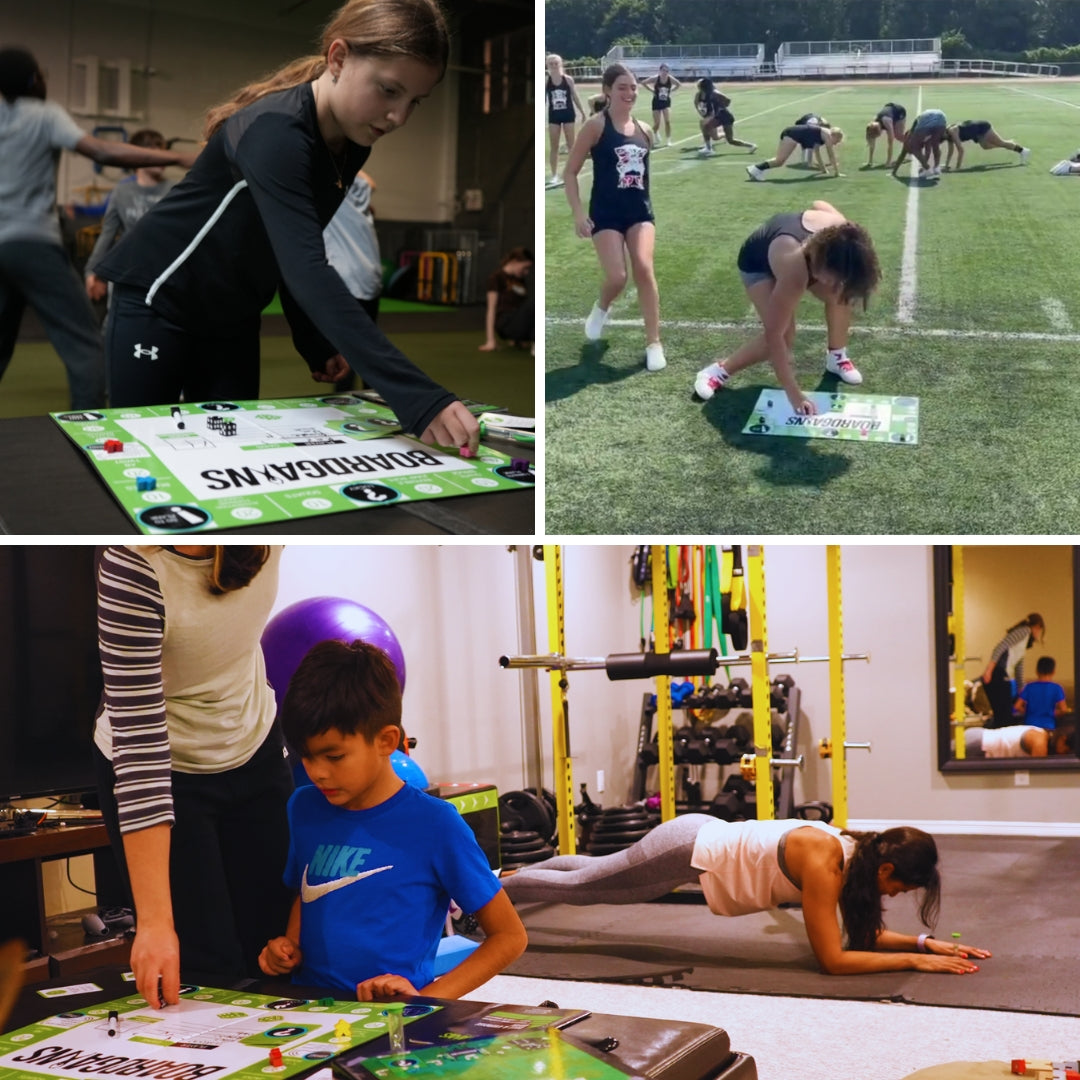

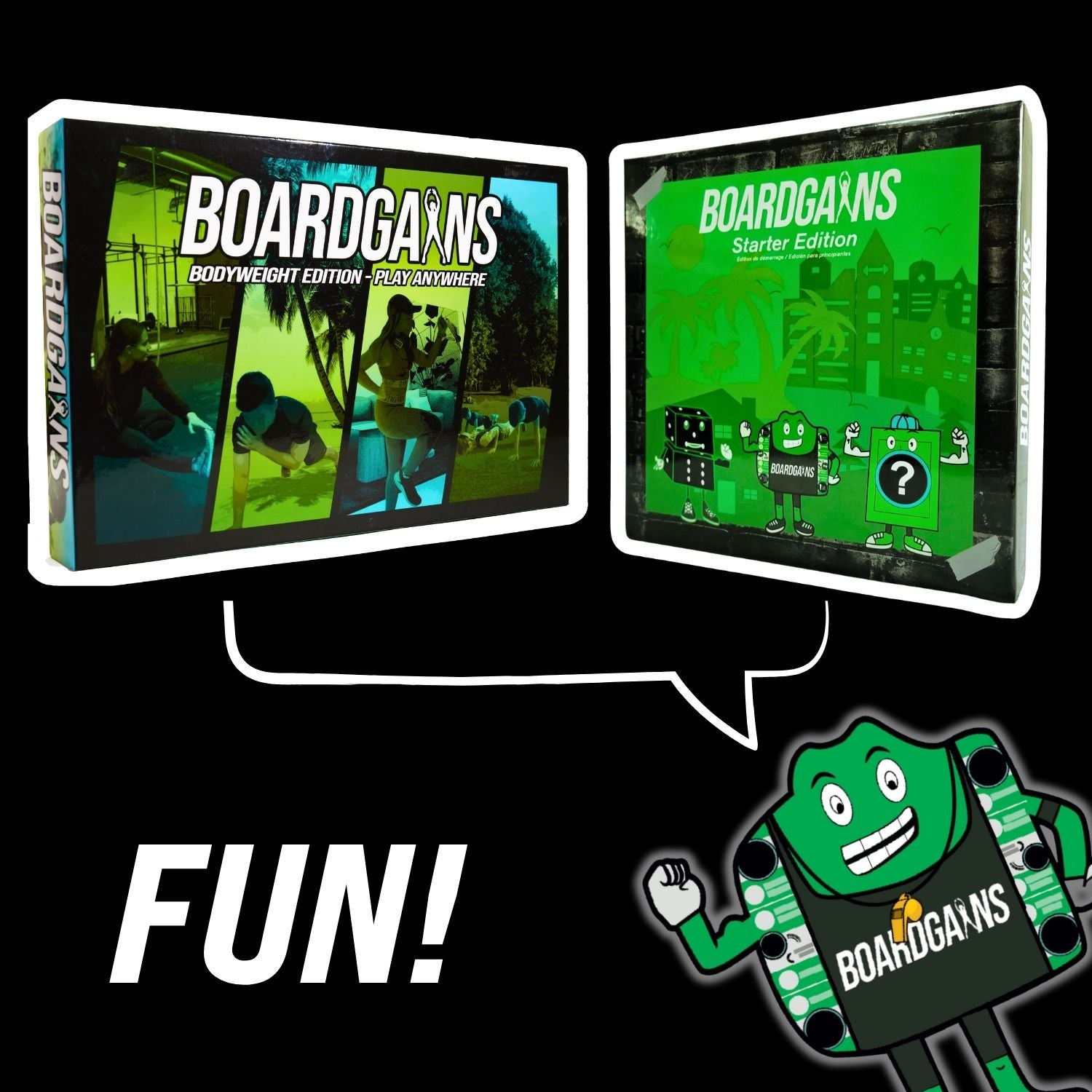
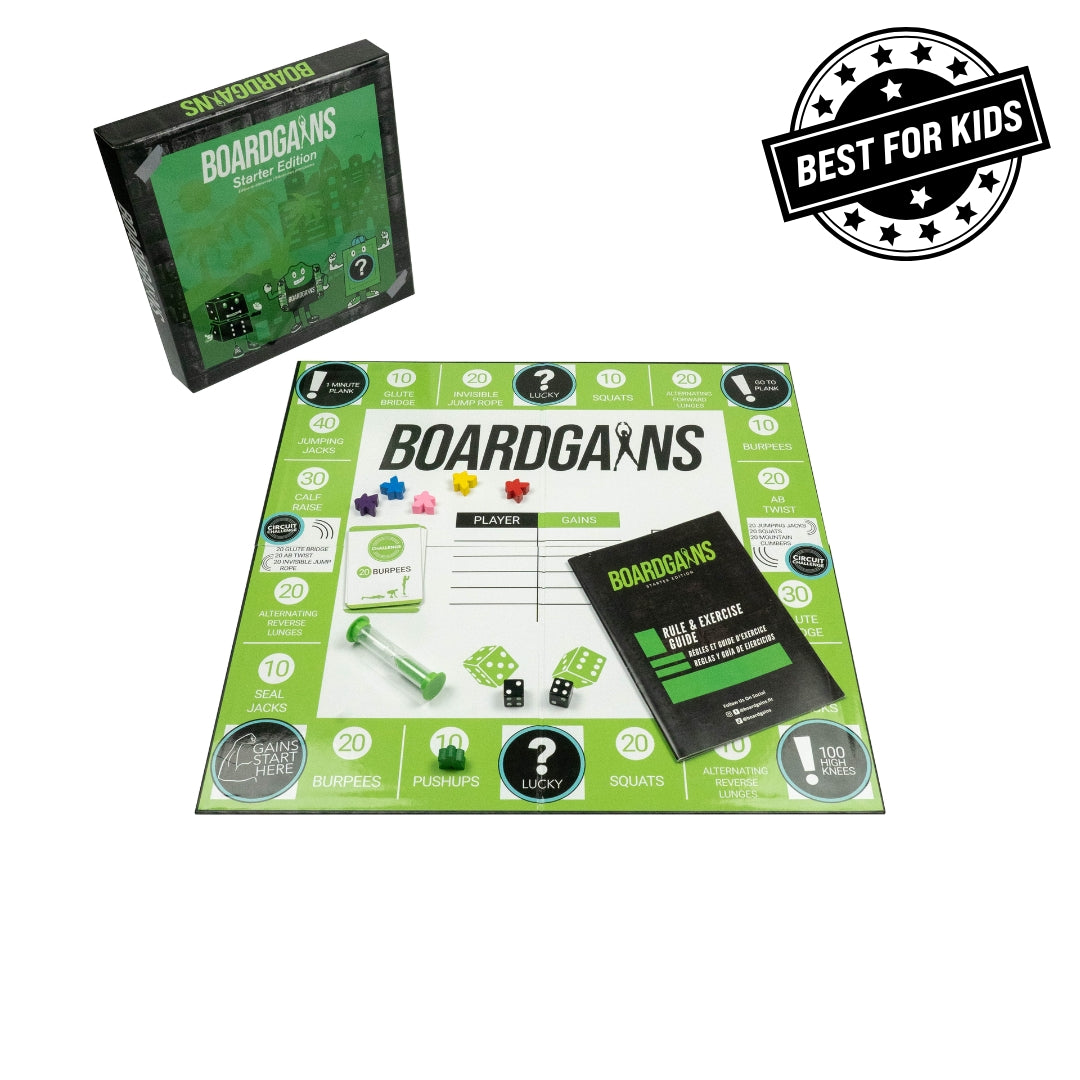
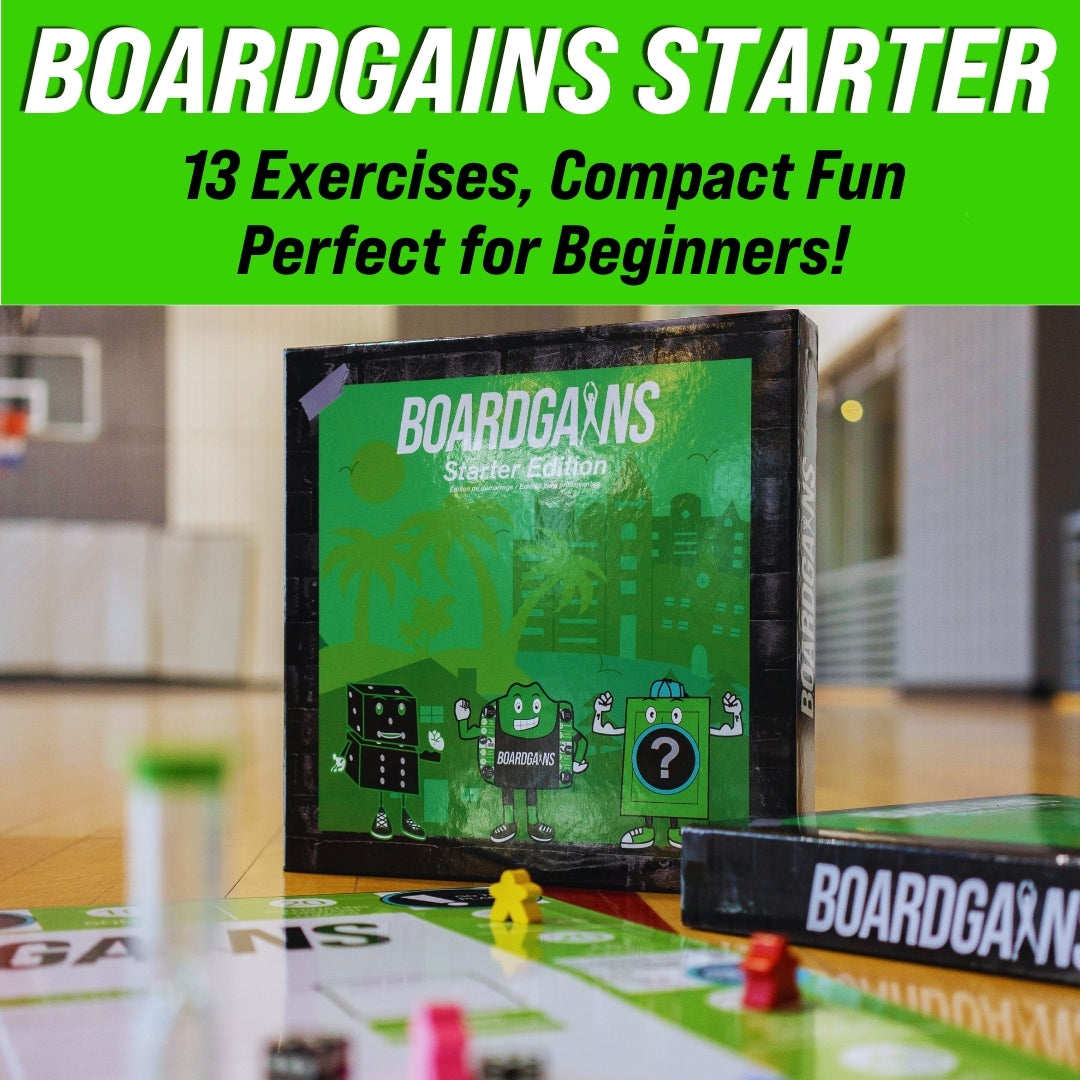
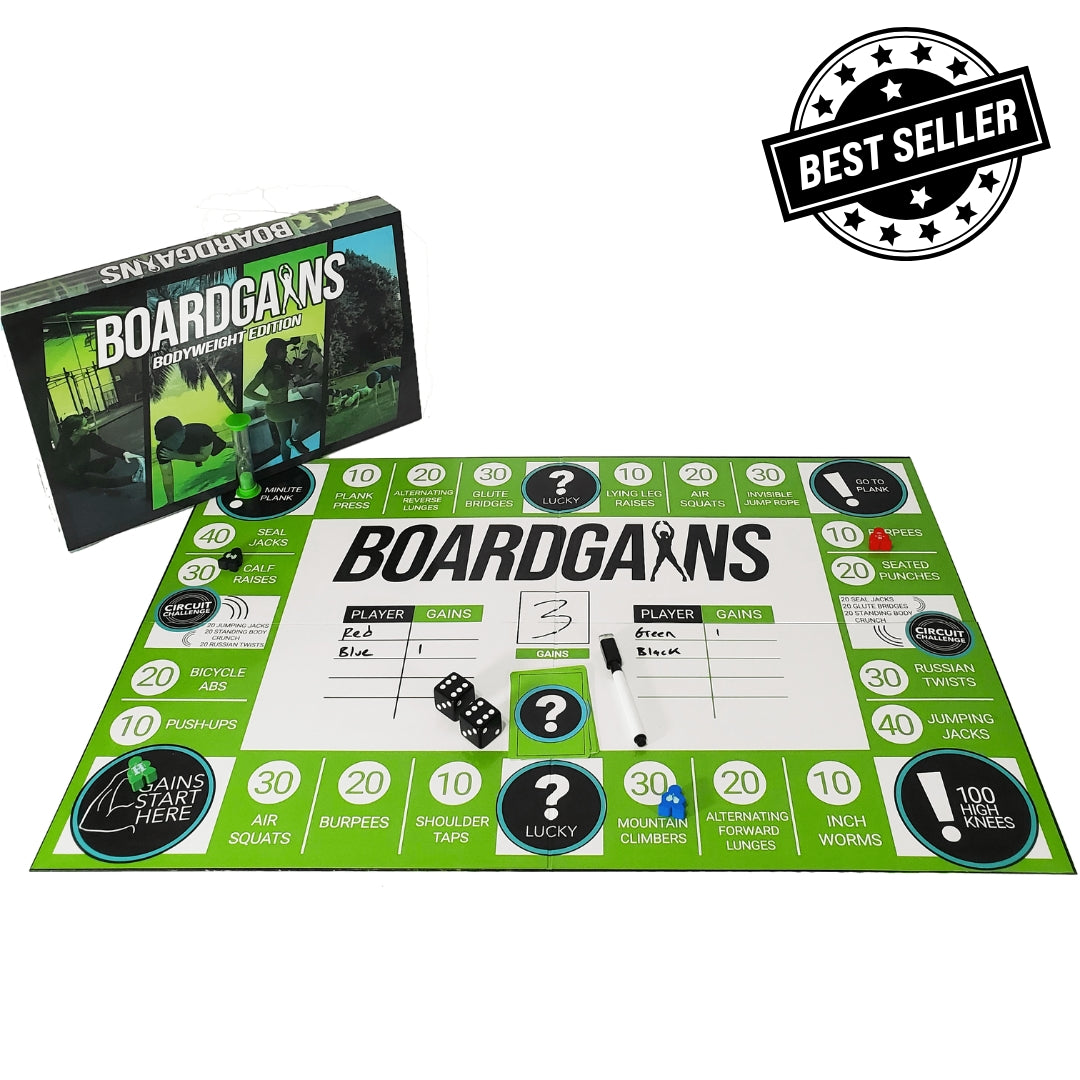



Leave a comment
This site is protected by hCaptcha and the hCaptcha Privacy Policy and Terms of Service apply.